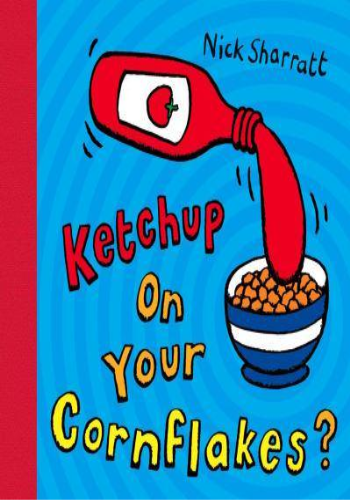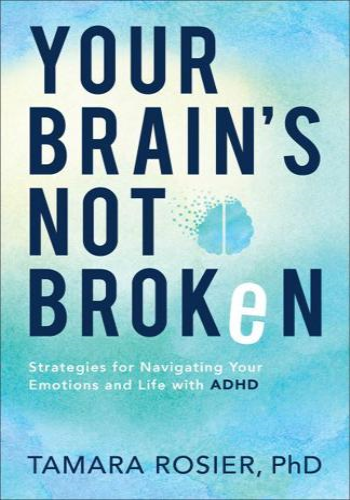A brilliant split page novelty book from bestselling author-illustrator, Nick Sharratt.
A great reissuing of a perennially popular split-page book inviting children to howl with laughter at the fantastic and fantastical food concoctions they create.
Do you like ketchup on your cornflakes? No? Well flip 1/2 the page and try it with something else!
With superb, satisfying novelty features:
- Spiral bound with pages split in half
- bright and fun illustrations
- hilarious wordplay
- Two of Nick Sharratt's Books, Elephant Wellyphant & Octopus Socktopus were both shortlisted for the Roald Dahl Funny Prize
- Children will love poring over these fun-filled pages, and creating their very own mix-ups.
REVIEW OF KETCHUP ON YOUR REINDEER
"It's a simple, playful premise, and just like Sharratt's other books, the book presents a clever interactivity that means a reader can play with it and read at the same time. The font is nice and big and with just a few words per page it's a great book too for little ones just starting to learn to read. - BookTrust
Reviews for Octopus Socktopus:
"My daughter laughs beginning to end" - Chemikalfaire, Toppsta
"A genuinely brilliant kids book" - Giles Knight, Goodreads
"Hugely popular with the three year old. Bright, interactive, funny." - Deborah, Goodreads
"Perfect for sharing" - BookTrust
ABOUT THE AUTHOR
Nick Sharratt is one of the UK's favourite and most acclaimed illustrators. His much-loved titles include the hugely popular Ketchup On Your Cornflakes and the Christmas version, Ketchup on Your Reindeer, The Cat and the King and the You Choose series.
He is also the illustrator of the bestselling novels by Jacqueline Wilson and has won every major award for his illustration.
Nick has even been presented with a gold Blue Peter badge!







